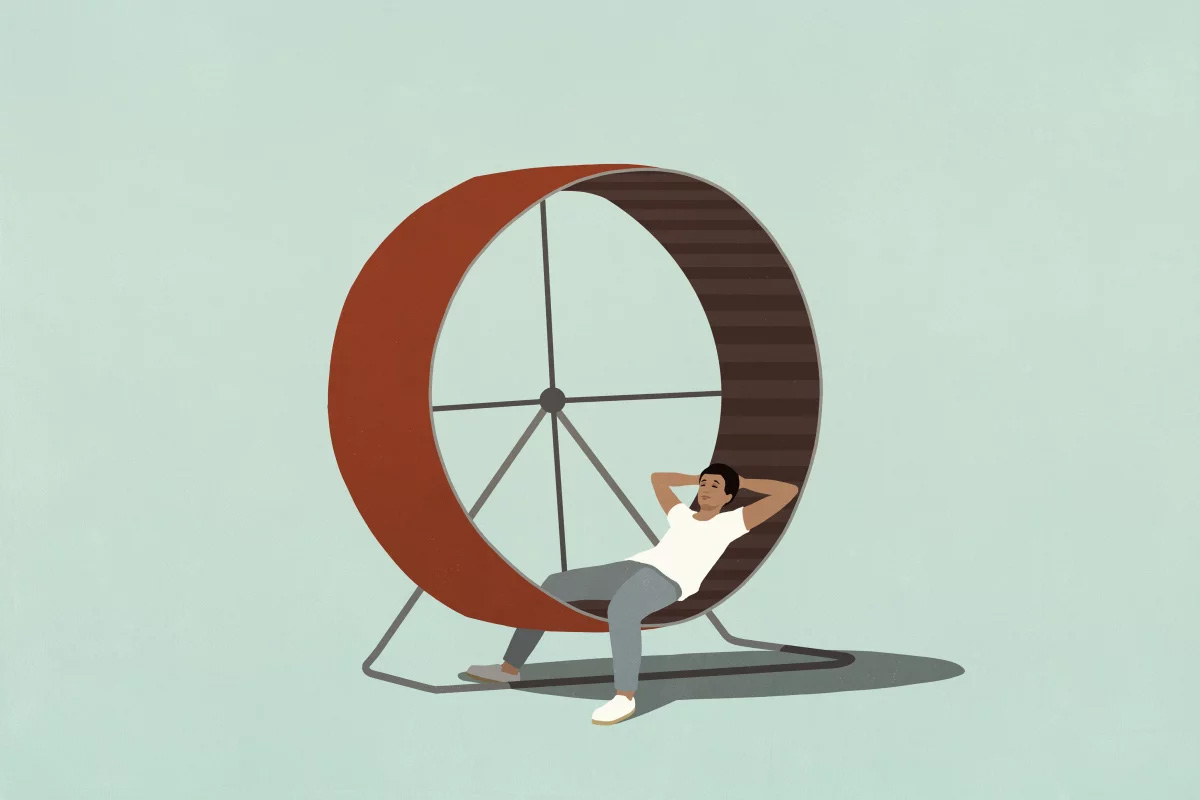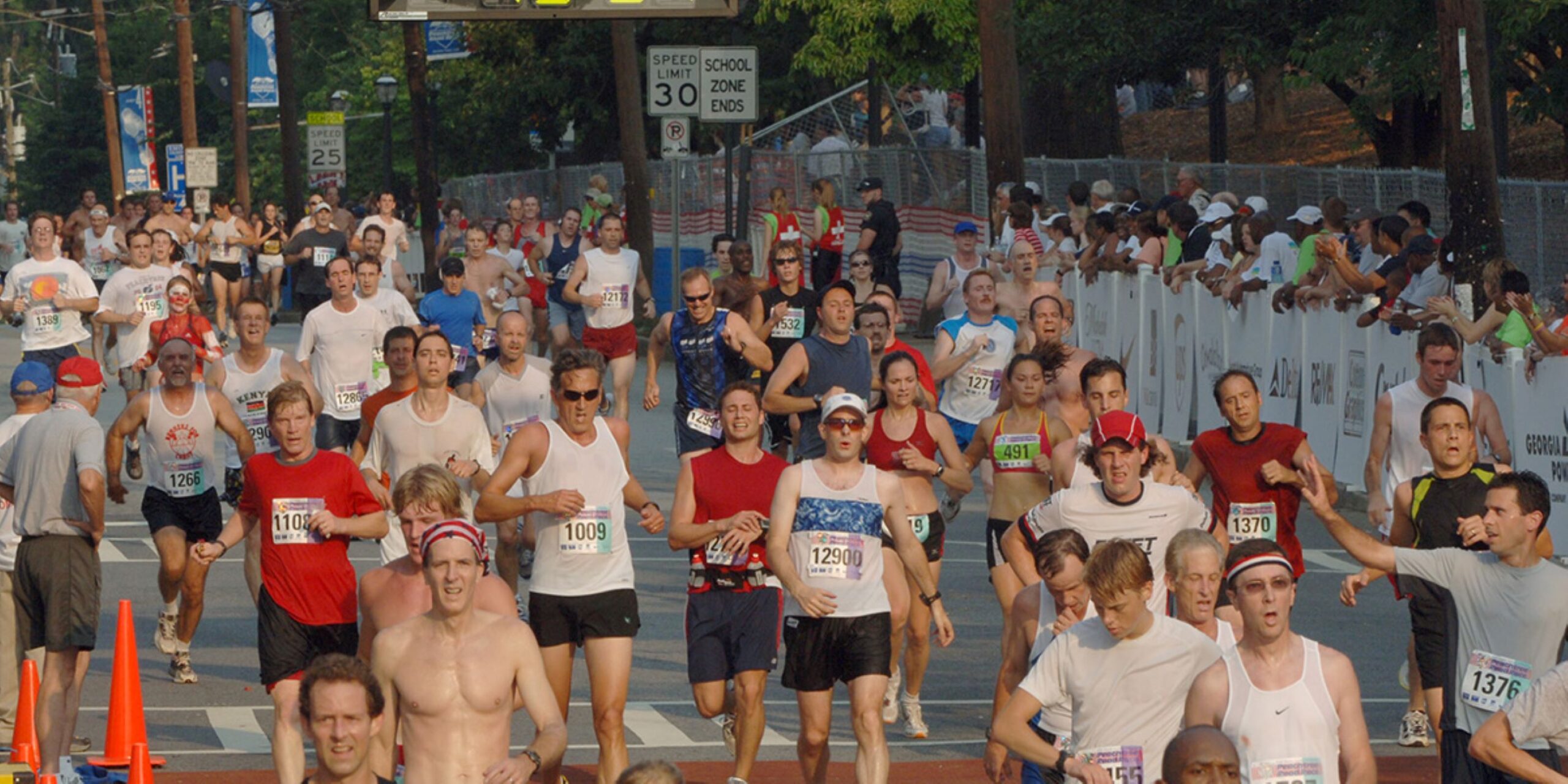A new job, apartment or relationship can all come with a sheen of excitement. But that luster fades after a while. And everything seems a bit duller.
There’s a term for that phenomenon, says Tali Sharot, a cognitive neuroscientist at University College London and the Massachusetts Institute of Technology: habituation. It’s “our tendency to respond less and less to things that are repeated or constant.”
Its evolutionary purpose is to help us adapt to our surroundings so we can be on high alert for new threats. But it can also impair our creativity and affect our levels of stress and happiness.
So how do we add that sparkle back into our lives? In a new book, Look Again: The Power of Noticing What Was Always There, Sharot and her colleague Cass R. Sunstein, a professor at Harvard Law School and an expert on behavioral economics, discuss how to dishabituate. That means making changes “that will allow us to feel joy again from the same things that are around us,” says Sharot.
Sharot talked to Life Kit about how to disrupt your routine, get out of your rut and revitalize your life. This conversation has been edited for length and clarity.
In your book, you reference an episode of The Twilight Zone. In it, a crook is killed during a robbery. In the afterlife, he’s given infinite access to money, cars and women. It’s great at first, but eventually, he isn’t happy. And surprise, you find out he’s in hell. What lesson can we glean from this?
The major takeaway here is that even great things in your life, if they’re always there, don’t excite you as much. They don’t bring you as much joy.
I worked with a tourism company that wanted to know when are people happiest on vacation. We went to different resorts and surveyed people. We found the happiest day of vacation was at 43 hours. After that, happiness started to go down slowly. People were still happy on days 5, 6, 7, 8 — but not as happy as they were on Day 2. That’s habituation kicking in. They were getting used to the great things around them.
And that’s what happened in that episode of The Twilight Zone. The crook had everything he thought he would want. But it wasn’t as good as on days 5, 6, 7, 8, 9 as it was on Day 1. Usually, by that point, you’re looking for something else.
What steps should you take if you’re in a colorless gray rut?
Take breaks from good things. Remove yourself from that environment or situation for a certain amount of time — then come back. You’ll be better able to notice things that are great. People who go on business trips, for example, often find that when they come back, they suddenly appreciate their comfortable home, their loved ones, the view from their window.
You can also take this break in your mind. Close your eyes and imagine not having your house, not having your family, not having your job. Try to imagine it with vividness and detail. When you open your eyes again, there’s some dishabituation, this feeling of gratefulness.
Don’t overlook variety. It causes you to be in a state of learning. This could be something big, like moving to a different place or taking a new job. But it could also be smaller things, like taking on a new skill. Learning is one thing that really induces the most joy in people.
The changes you’re talking about here are experiential. You can’t buy your way out of a rut, right?
If you buy a new car, outfit, phone or whatever, you tend to habituate quite fast. But when it comes to experiences, like a concert, a lecture or a night out, if the experience was good, you tend to retrieve it in your mind every so often, and it still has quite a high amount of joy associated with it. That’s one of the reasons why a lot of findings show that experiences give you more joy than material things.
Aside from sparking joy in your life again, are there any other benefits of dishabituation?
One study has shown that after people move from one country to another, for a short duration, they’re better at problem solving. It could be because everything is new: the language, the way things look, the people, everything. Their brain is “on” in a different mode, a mode of taking in information and thinking about things differently. So they become better at problem solving.
Another interesting study has shown that if you change your environment in a very simple way — like getting out of your office to work in the kitchen or a coffee shop or go for a walk — you become more creative. Now, the creativity boost that you get from simply changing your environment lasts for only about six minutes. However, those six minutes could be quite important. That could be the big eureka moment. So it’s definitely something that I recommend doing any workday. Don’t just sit in the same place — try to change your environment somewhat.
Are some groups of people more susceptible to habituation than others?
One thing that we think may matter is age. There is a well-known U-shape of happiness in life, where happiness is relatively high in teenagers and kids; then it goes down, down, down and reaches rock bottom on average in your midlife. Then it starts going up again.
So why do we have this low point in midlife? One of the reasons is that we have a lot of sameness. Midlife is a time where most of us have been in the same situation for a long time: perhaps [staying] in the same place, in the same job, with the same partner for a long time.
These things can be good. But if you stay in that position for a long time and you’re not progressing upwards, people usually tend to feel a bit down. Because what people like to do is see themselves progressing.
The digital story was edited by Malaka Gharib. The visual editor is Beck Harlan. We’d love to hear from you. Leave us a voicemail at 202-216-9823, or email us at LifeKit@npr.org.
Listen to Life Kit on Apple Podcasts and Spotify, and sign up for our newsletter.









